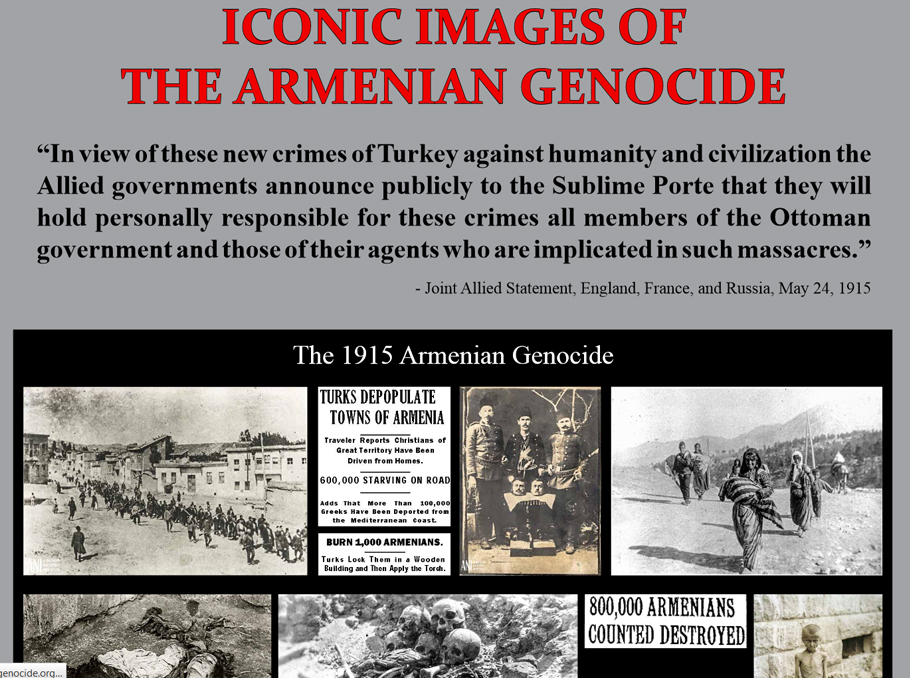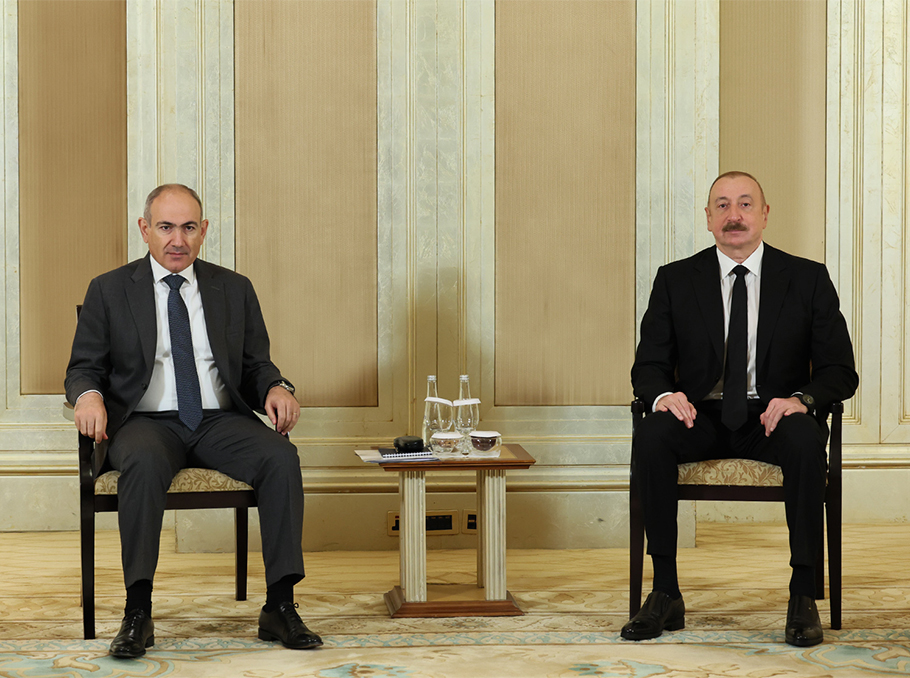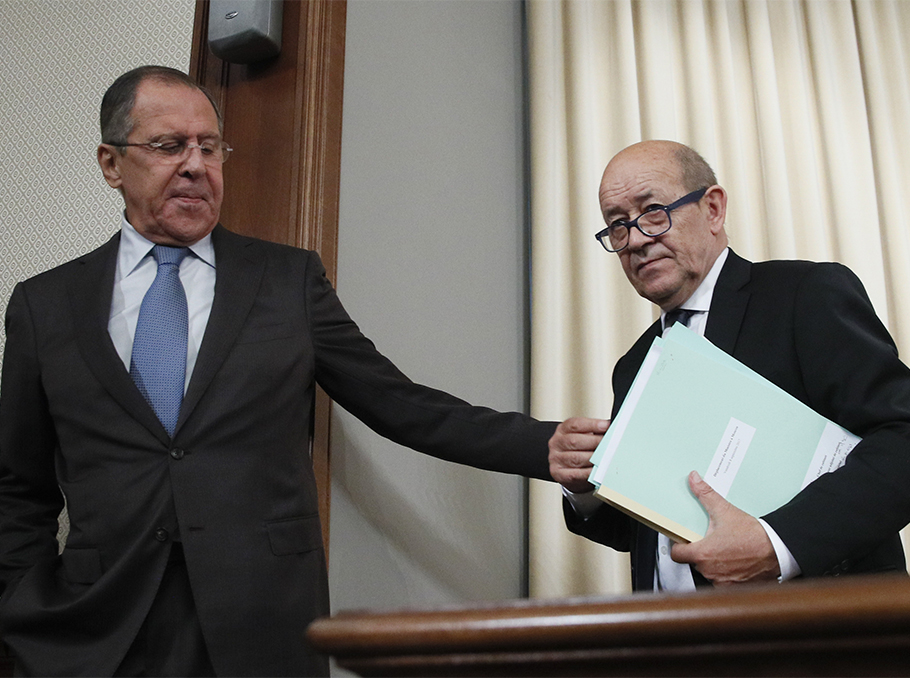Yerevan /Mediamax/. The Armenian National Institute (ANI), Armenian Genocide Museum of America (AGMA), and Armenian Assembly of America (Assembly) announced the launch of a fourth digital exhibit entitled “Iconic Images of the Armenian Genocide”.
The exhibit is designed to serve as an easily accessible educational tool that can be displayed in the classroom in digital or print format.
As more and more photographs of the Armenian Genocide are uncovered, and as the “Iconic Images” exhibit illustrates, the general outline of the main events that defined the genocide can now be illustrated with compelling and dramatic images that survive from that era. Many of the images were taken in the teeth of a strictlyenforced ban on photography by the Ottoman authorities. Other photographs capturethe aftermath of the atrocities as witnessed by third parties.
Many invaluable pictures were destroyed during the war years and what remain are today scattered across continents. In view of how much was lost, these photographsare also survivors, many waiting for the time when they would be identified and reconnected to the events to which they attest.
These scattered images are now gathered and organized into a narrative exhibit that reconstructs many episodes of the Armenian Genocide. Together they recreate a sense of the terror exercised by the Young Turk regime and reveal the extent of the dispossession and decimation of the Armenian people in their historic homeland.
The photographs were collected from numerous repositories, sources and individuals, including the US National Archives, Library of Congress, Near East Foundation, Oberlin College Archives, University of Minnesota Library, California State University Fresno Armenian Studies Program, Republic of Armenia National Archives, Armenian Genocide Museum-Institute, AGBU Nubarian Library, Armenian Assembly of America, Armenian National Institute collections, Maurice Kelechian, and National Geographic photographer Alexandra Avakian.
“The exhibit creates a panoramic view of the entire duration of the Armenian Genocide,” stated ANI Director Dr. Rouben Adalian. “All facets of the genocide that the photographic record allows, ranging from the deportations, executions, massacres, murders, starvation, extermination and destruction, are reconstructed panel by panel.”
Among the iconic images are also the rare pictures of concentration camps where deportation and extermination became synonymous. The postwar refugee camps where survivors gathered are hauntingly reminiscent in appearance of these concentrationcamps. In the refugee camps, however, located beyond the borders of modern-day Turkey,a generation of Armenians scarred by the atrocities began life anew in exile, making their locations the beginning points of the Armenian Diaspora.
The exhibit recalls as well the humanitarian activities of American philanthropists who organized critically needed relief, especially on behalf of the tens of thousands of orphans who were gathered, housed, fed, and educated in orphanages operated by the Congressionally-chartered Near East Relief organization.



























Comments
Dear visitors, You can place your opinion on the material using your Facebook account. Please, be polite and follow our simple rules: you are not allowed to make off - topic comments, place advertisements, use abusive and filthy language. The editorial staff reserves the right to moderate and delete comments in case of breach of the rules.